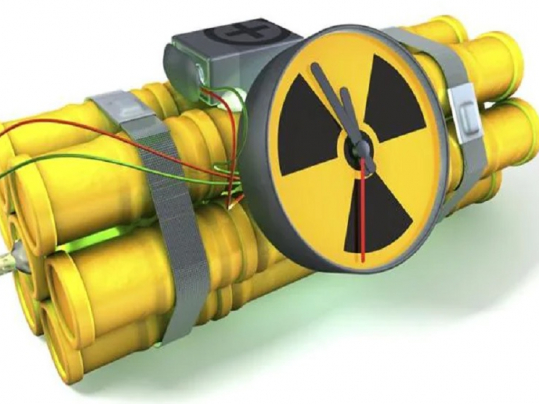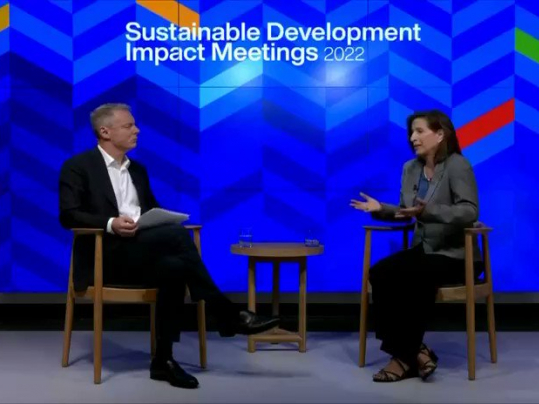‘Biological supercomputer’ performing complex tasks

Researchers have taken on the problem of reducing a super computer the size of a basketball field to that of a book. The answer is “biocomputers” – incredibly powerful machines capable of performing multiple calculations with a fraction of energy.
According to study coordinator Heiner Linke, who heads nanoscience at Lund University in Sweden, “a biocomputer requires less than one percent of the energy an electronic transistor needs to carry out one calculation step.”
A biocomputer is useful because ordinary computers are incapable of solving combinational problems, such as those dealing with cryptography or other tasks requiring that a multitude of possible solutions be considered before deciding on the optimal one. These already exist, but the new research from Lund tackles the key problems of scalability and energy efficiency.
Parallel computers of this sort run on molecular motors that perform mechanical tasks in living cells. Researchers used their knowledge of existing molecular motors in our bodies (such as specific molecules aiding muscle function) and considered how to apply them to other tasks. Surprisingly, their roles can be reprised by hardware that directs proteins along its paths with the aid of such motors.
“In simple terms, it involves the building of a labyrinth of nano-based channels that have specific traffic regulations for protein filaments. The solution in the labyrinth corresponds to the answer of a mathematical question, and many molecules can find their way through the labyrinth at the same time.”
In case you were wondering when quantum computers were going to be mentioned –here it is. Biocomputers do use a similar approach to the above, but quantum computers use qubits, whereas the heavy lifting in biocomputers is carried out by molecules working in parallel with one another.
“The fact that molecules are very cheap and that we have now shown the biocomputer’s calculations work leads me to believe that biocomputers have the prerequisites for practical use within ten years. Certainly, quantum computers can be more powerful in the long term, but there are considerable practical problems involved in getting them to work”, Linke adds.
The other obviously giant advantage of a biocomputer is that it “requires less than one percent the energy an electronic transistor needs” to carry out one operation.
The current study was carried out by a team of international scientists from Canada, the UK, Germany, the Netherlands, and Sweden and published in the journal Proceedings of the National Academy of Sciences.
This is not the first time parallel computing has been researched and proven to work on complex problems. The idea was conceived by Dan Nicolau, head of bioengineering at McGill. He had worked on the new study with his son, Dan Nicolau Jr., a mathematician.
The model is so far designed to tackle only one specific problem, but that is enough to set the groundwork for further research, and, according to Nicolau, biocomputers are coming our way fast.
- Source : RT















